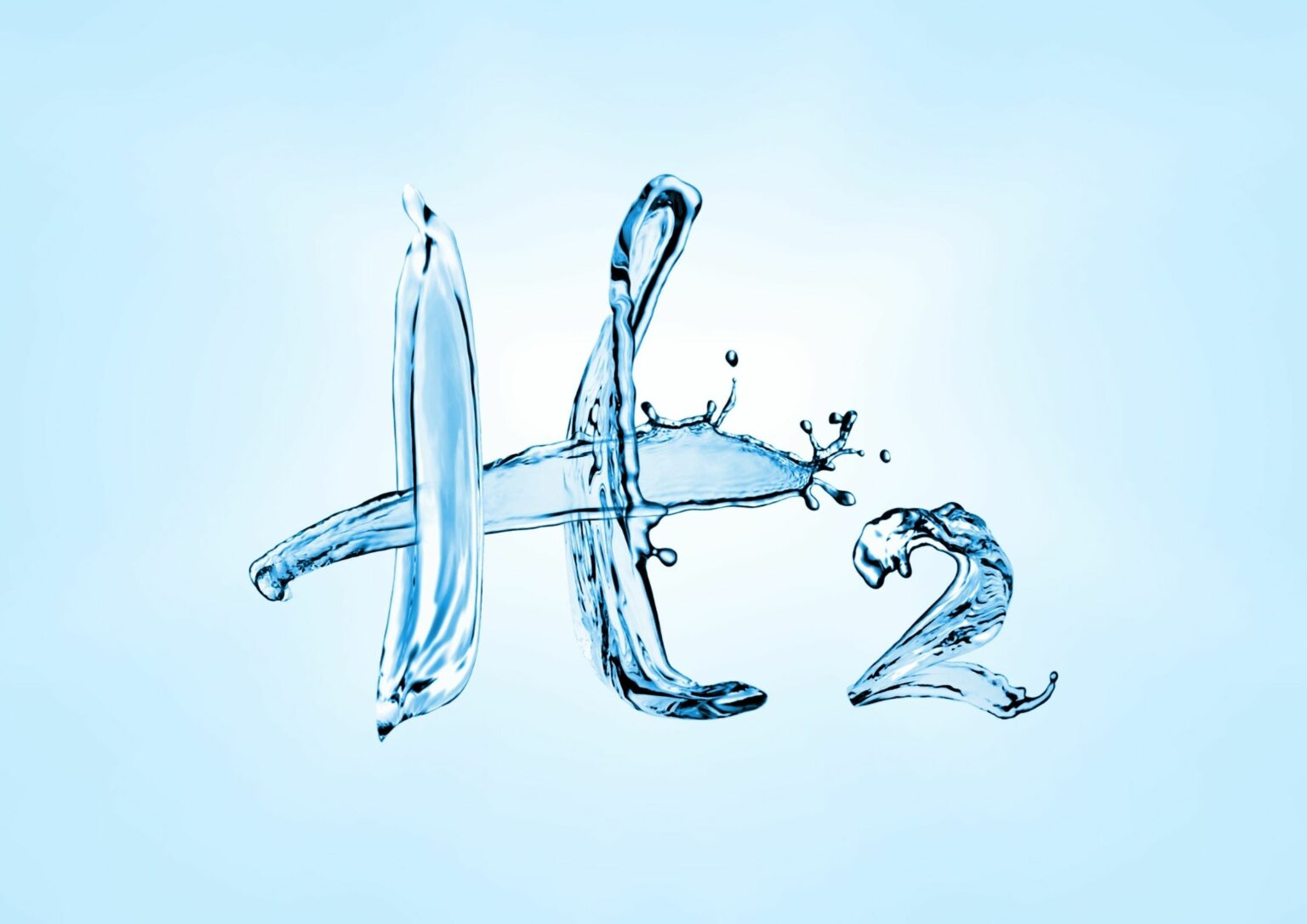Austria’s ambitions for a sustainable hydrogen future are facing significant hurdles as illustrated by the stalled progress of the Zurndorf hydrogen plant.
Despite the promising potential of transforming wind and solar energy into green hydrogen that could supply regions like Burgenland, Schwechat, and Vienna, the project has struggled to gain momentum. Burgenland Energie and Verbund, two major energy players, have set their sights on producing 60 megawatts annually within a year and escalating to 300 megawatts by 2030. However, the goal for 2026 seems increasingly unrealistic, with Burgenland Energie’s Stephan Sharma emphasizing the urgency for industry and energy security.
One pivotal obstacle stalling progress is Austria’s lack of a cohesive national hydrogen law. Current regulations only permit utilizing 10% of existing gas pipelines for hydrogen transmission. This restriction has not only impeded the transportation of locally produced hydrogen but has also stymied broader ambitions of using Austria as a conduit for hydrogen sourced from North Africa or post-war Ukraine through Italy into Germany. The recent government has expressed commitment to hydrogen expansion, yet budget constraints suggest limited financial support.
The Zurndorf initiative now faces competition from another hydrogen project near the Lower Austrian border, with a similar output slated for 2027. While this might seem redundant, Sharma suggests sufficient demand justifies both endeavors. However, the rivalry highlights a broader theme of inter-regional contention over clean energy credentials, with local governments eager to spearhead hydrogen development.
Beyond legislative and competitive pressures, the Zurndorf project grapples with a complex environmental challenge typical of such undertakings: water use. Situated in one of Austria’s drier regions, local agricultural stakeholders express concern over water allocation. Werner Falb-Meixner, a biologist and former mayor, questions the origins of additional water needed for the project, citing the region’s limited supply. Burgenland Energie argues that non-potable water sources are viable, yet this does little to appease local fears.
The issue underscores a widespread laxity in water usage monitoring, as a national audit report recently suggested. Ensuring equitable water distribution between industrial ventures and agricultural needs is becoming an increasingly pressing issue.
Stay updated on the latest in energy! Follow us on LinkedIn, Facebook, and X for real-time news and insights. Don’t miss out on exclusive interviews and webinars—subscribe to our YouTube channel today! Join our community and be part of the conversation shaping the future of energy.





